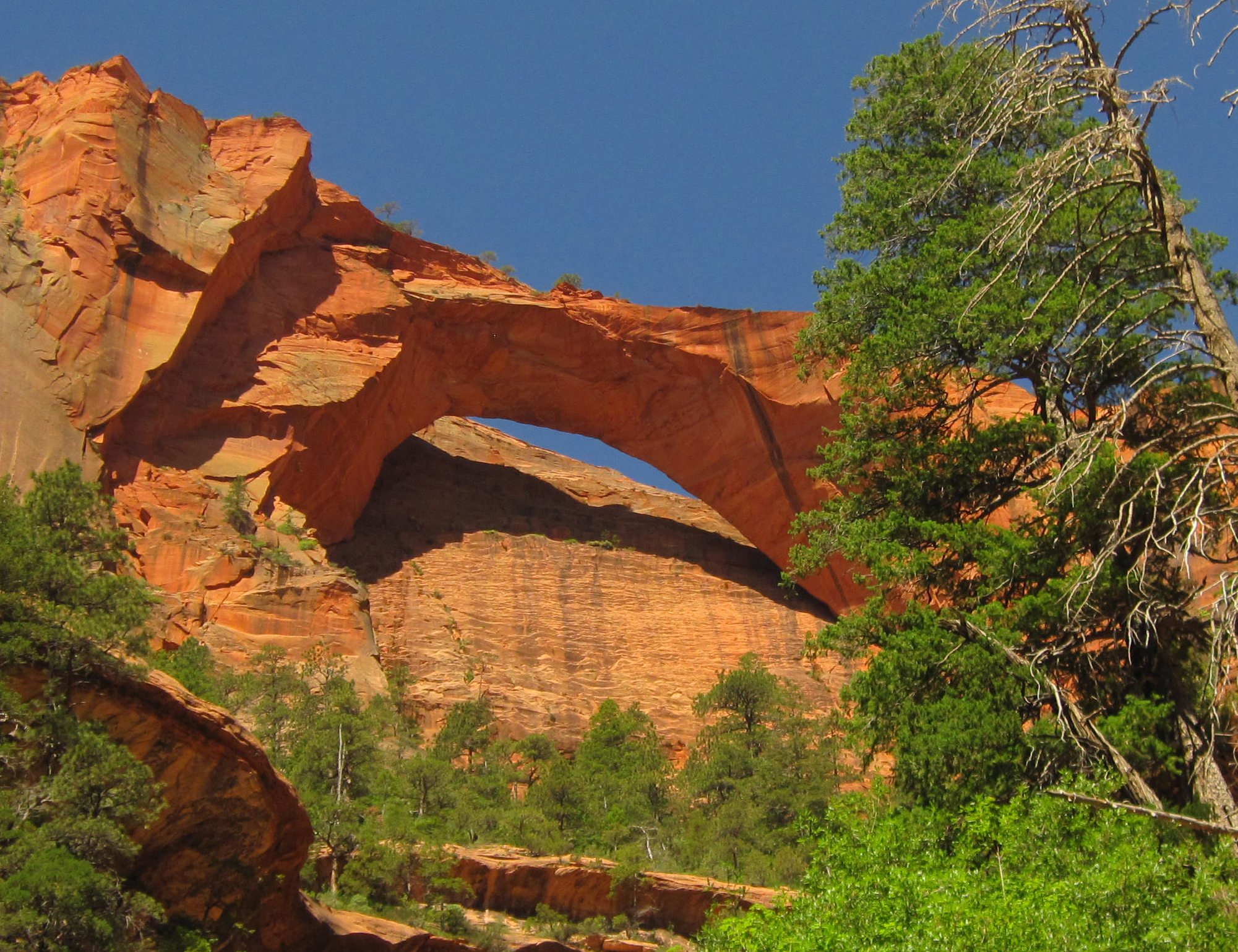Zion National Park is not only known for its stunning landscapes and diverse wildlife, but also for its rich plant life. The park is home to more than 900 species of vascular plants, including many that are rare or unique to the region. This diverse plant life is a result of the park’s varied habitats, which include deserts, riparian areas, and coniferous forests.
One of the park’s most unique plant species is the Zion snail, a small and elusive snail that is found only in the park’s main canyon. The Zion snail is a protected species and is considered an indicator of the canyon’s overall health.
Another unique plant species found in the park is the Zion milkvetch, a perennial wildflower that is found only in the park’s main canyon. The Zion milkvetch is a protected species and is considered an indicator of the canyon’s overall health.
The park also has a wide variety of cactus species, including the prickly pear cactus, which is found throughout the park’s desert habitats. The prickly pear cactus is a staple food for many desert animals, including bighorn sheep and the park’s resident desert tortoise population.
In addition to its rich plant life, the park also offers great stargazing opportunities and was designated as the first International Dark Sky Park in the US in 2007. This designation recognizes the park’s efforts to protect and preserve its natural darkness, and it’s a great opportunity for visitors to experience the beauty of the night sky.
The park’s clear night skies and lack of light pollution make it an ideal spot for stargazing. Visitors can enjoy the park’s many stargazing programs, which include ranger-led stargazing tours, night-sky photography workshops, and astronomy lectures. The park also has a number of designated stargazing areas, where visitors can set up telescopes and enjoy the night sky.
In conclusion, Zion National Park is a true natural wonder, known not only for its stunning landscapes and diverse wildlife, but also for its rich plant life and stargazing opportunities. The park is home to more than 900 species of vascular plants, including many that are rare or unique to the region and it was designated as the first International Dark Sky Park in the US. This designation recognizes the park’s efforts to protect and preserve its natural darkness, and it’s a great opportunity for visitors to experience the beauty of the night sky. So pack your binoculars, your telescope, and your camera, and get ready to explore the park’s hidden gems!


